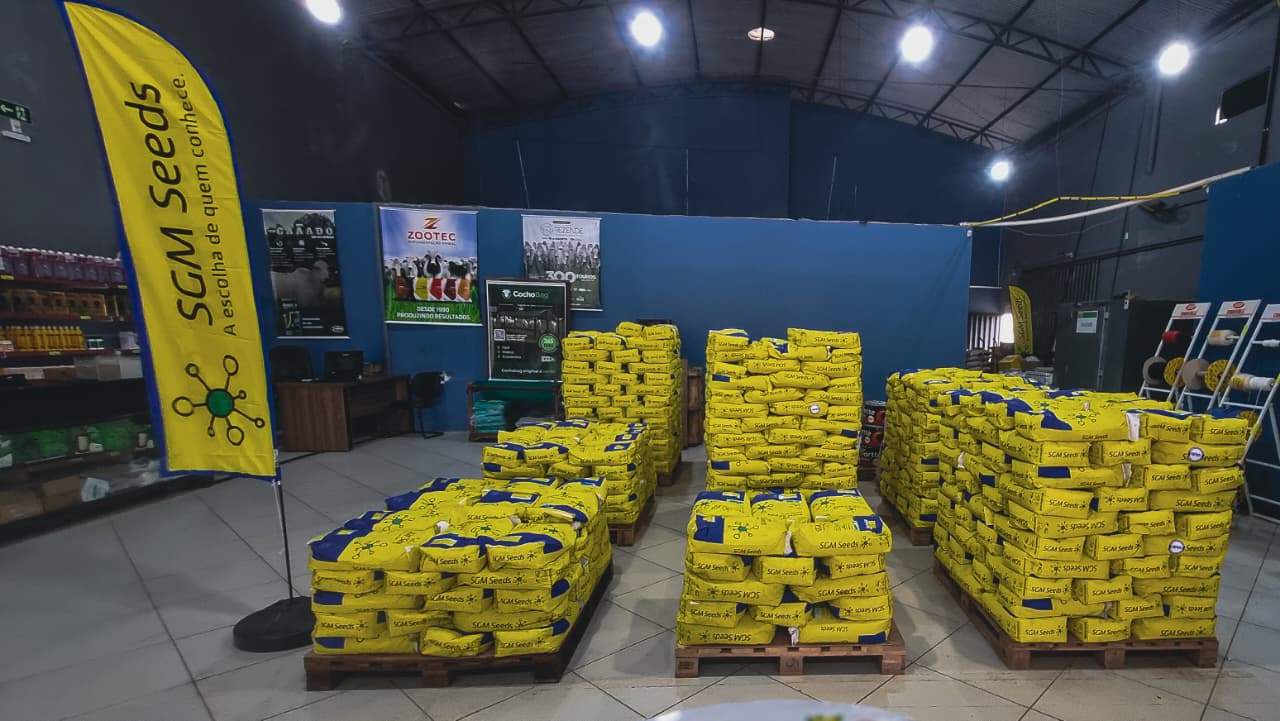Nós usamos cookies
Este site usa cookies para aprimorar sua experiência de navegação.

The logistics of tropical forage seeds is critical to ensuring physiological quality and strong germination potential until planting. Small failures in storage and distribution can compromise months of work in the field and reduce seed vigor.
Maintaining an average temperature of 20 °C and relative humidity below 50% is essential to extend seed viability, allowing distributors to plan inventory and serve producers at the right time.
Mid-altitude regions with dry climates and moderate temperatures allow seed conservation until December without artificial cooling. Under these natural conditions, vigor and germination remain intact.
If these geographic conditions are unavailable, a central warehouse designed specifically for tropical forage seeds with proper temperature and humidity control is required.
⚠️ Note: Optimal conditions for tropical seeds are different from those for corn or vegetable seeds. They should never be stored under the same parameters.
The most efficient model centralizes inventory in a mother warehouse and dispatches lots gradually according to demand. This reduces the time seeds are exposed to hot and humid climates, preserving their vigor.
📌 Success case: In Bogotá, a distributor stores all tropical forage seeds in a high-altitude, low-humidity warehouse. Weekly distribution supplies regional stores, which operate with fast-turnover inventory (maximum 10 days), ensuring top quality until the point of sale.
Logistics success also depends on well-trained sales teams who can educate customers and partners. Informed professionals reinforce brand image and build trust across the distribution chain.
Seed logistics goes beyond transportation: it involves smart storage strategies, staggered distribution, and skilled sales teams. By applying these practices, distributors can deliver seeds with high physiological value and export-level quality, ensuring consistent results in the field.
Este site usa cookies para aprimorar sua experiência de navegação.